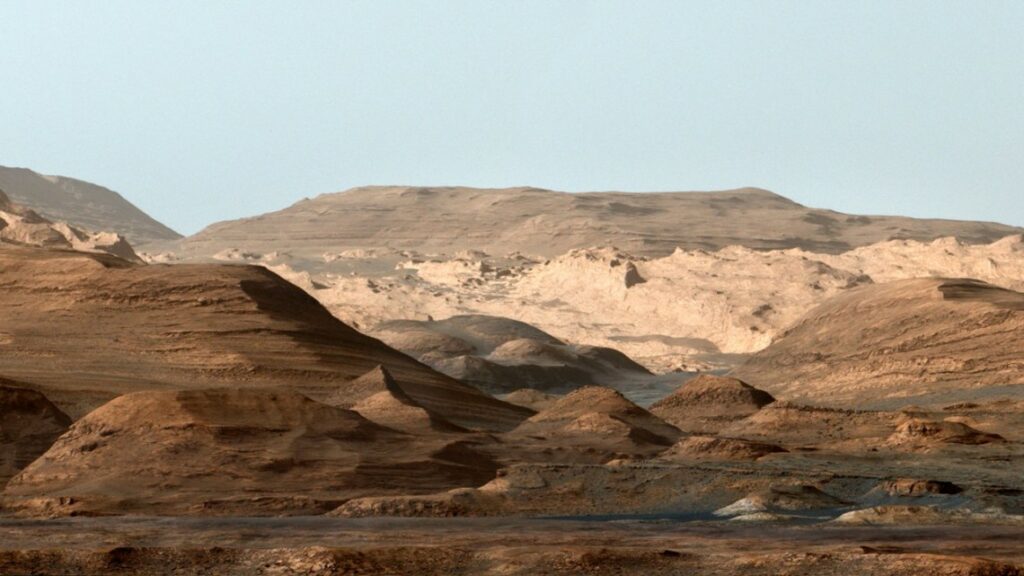
Mars is barren and inhospitable today but billions of years ago the red planet had water and a very dynamic global weather system. We know that the planet was once home to oceans of water and river systems. Now, according to a new study, Mars may have once even been subjected to powerful megafloods.
Around four billion years ago, an asteroid impact melted ice stored on the Martian surface, triggering a cascade of effects that may have unleashed gigantic megafloods. Although the water is now long gone, signs of the floods’ are still on Mars in the form of megaripples, also known as antidunes.
“We identified megafloods for the first time using detailed sedimentological data observed by the rover Curiosity,” said co-author Alberto G. Fairén, a visiting astrobiologist in the College of Arts and Sciences at Cornell University. “Deposits left behind by megafloods had not been previously identified with orbiter data.”
Just like on Earth, present-day geological features on Mars bear the marks of the passage of water and wind, whose touches have been frozen in time.
These include megaripples at Gale crater — wave-shaped features etched in the sedimentary layer that can reach up to 9 meters (30 feet) in height spaced 135 meters (145 feet) apart.
According to the researchers at Cornell, these ripples are almost identical to those formed on Earth by the melting of ice about two million years ago.
Four billion years ago a large impact generated copious amounts of carbon dioxide and methane — both powerful greenhouse gases — that heated the climate, ultimately melting Mars’ reservoirs of ice. The water vapour trapped heat in the atmosphere even more, causing the red planet to undergo a brief period of warm and wet conditions.
Water vapor clouds formed through condensation likely unleashed a planetary-level torrential rain. Some of the water fell on Gale Crater, then combined with water flowing downhill from Mount Sharp, producing gigantic flash floods.
Previously, scientists established that Gale Crater was once the site of persistent lakes and streams in Mars’ ancient past. Coupled with the present findings, the authors of the new study claim that both Gale Crater and Mouth Sharp were capable of supporting microbial life.
“Early Mars was an extremely active planet from a geological point of view,” Fairén said in a press release. “The planet had the conditions needed to support the presence of liquid water on the surface – and on Earth, where there’s water, there’s life.
“So early Mars was a habitable planet,” he said. “Was it inhabited? That’s a question that the next rover Perseverance … will help to answer.”









